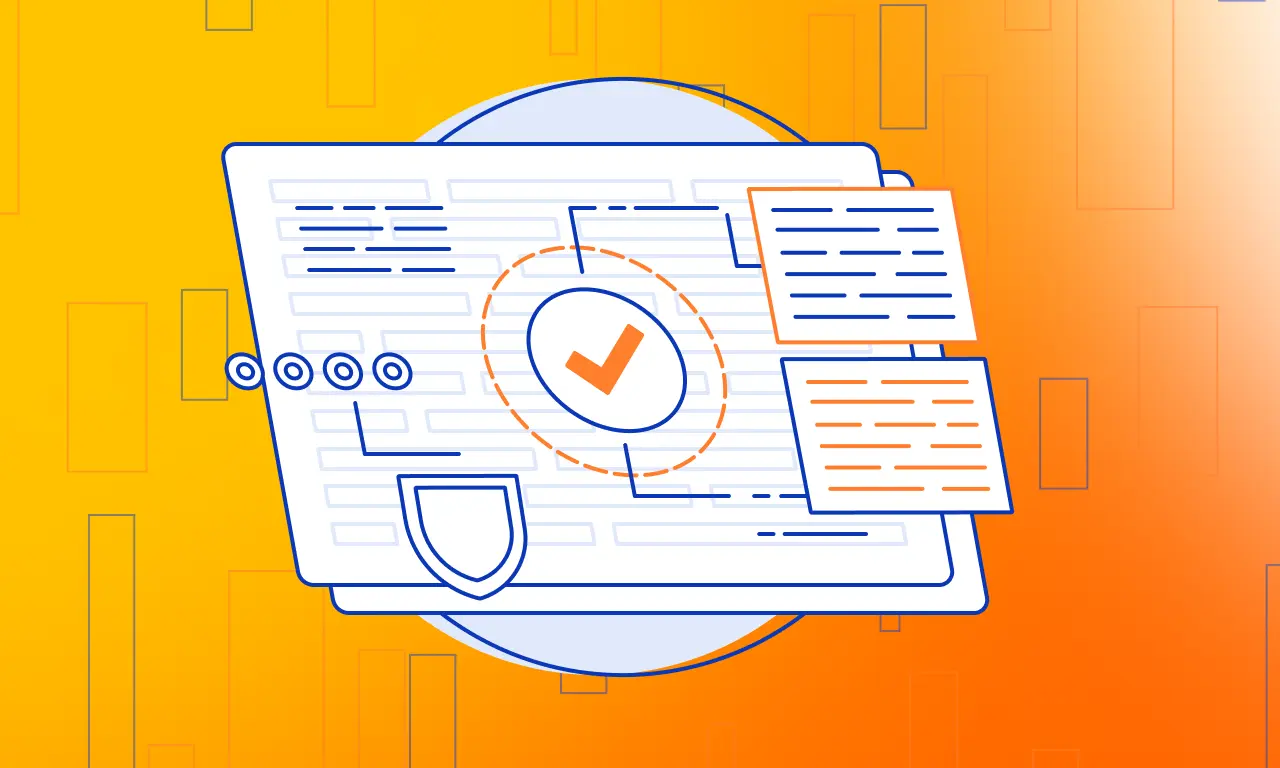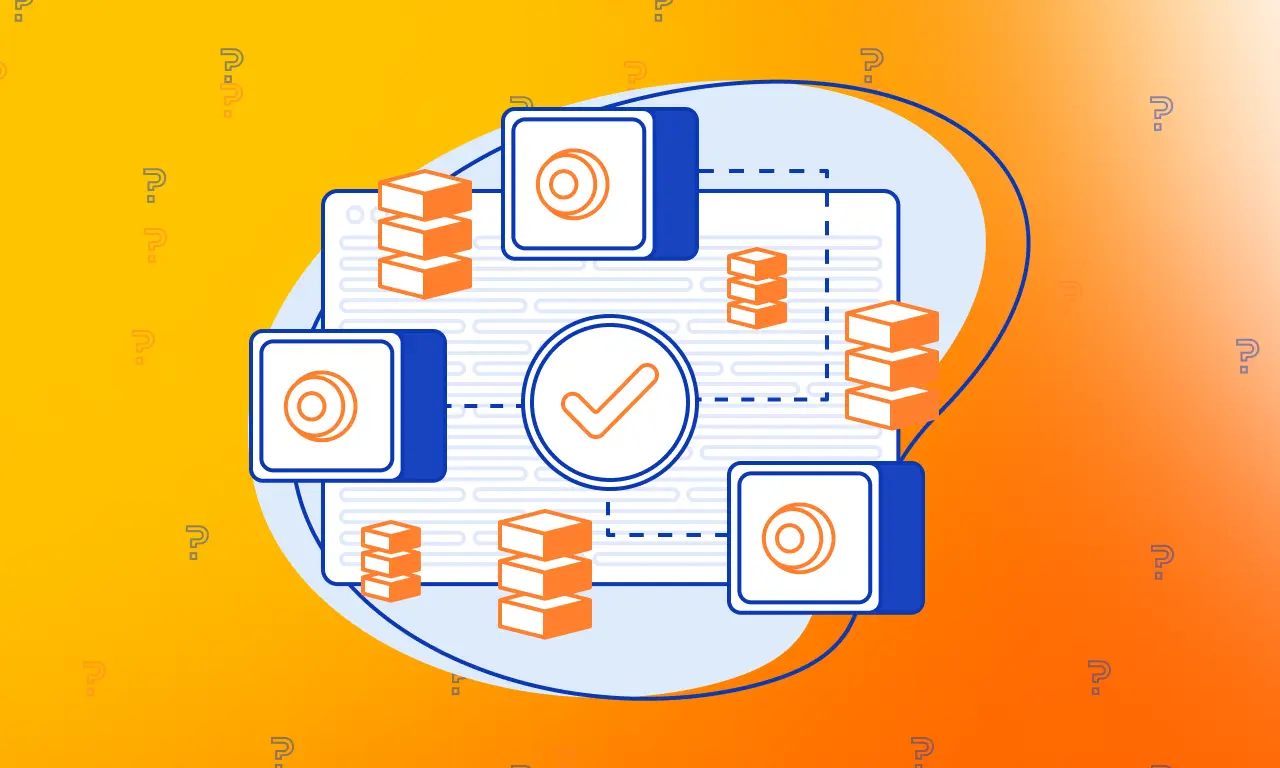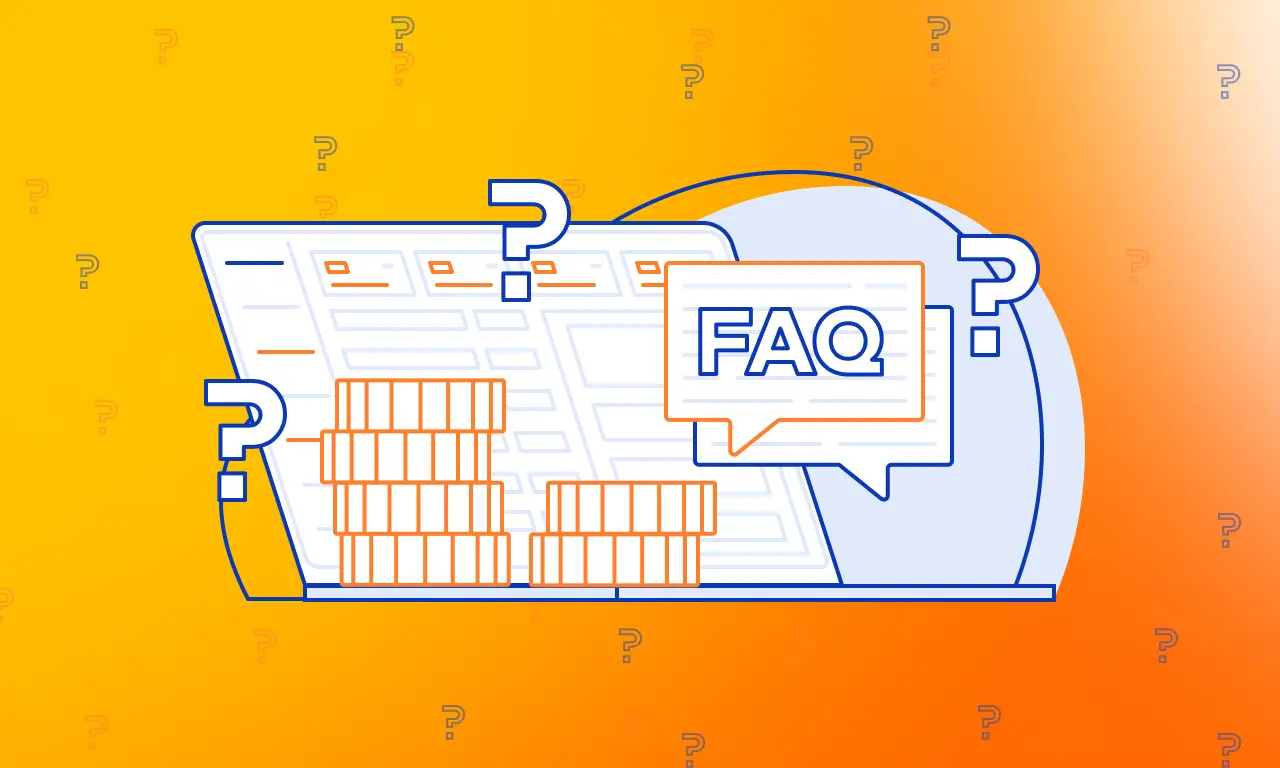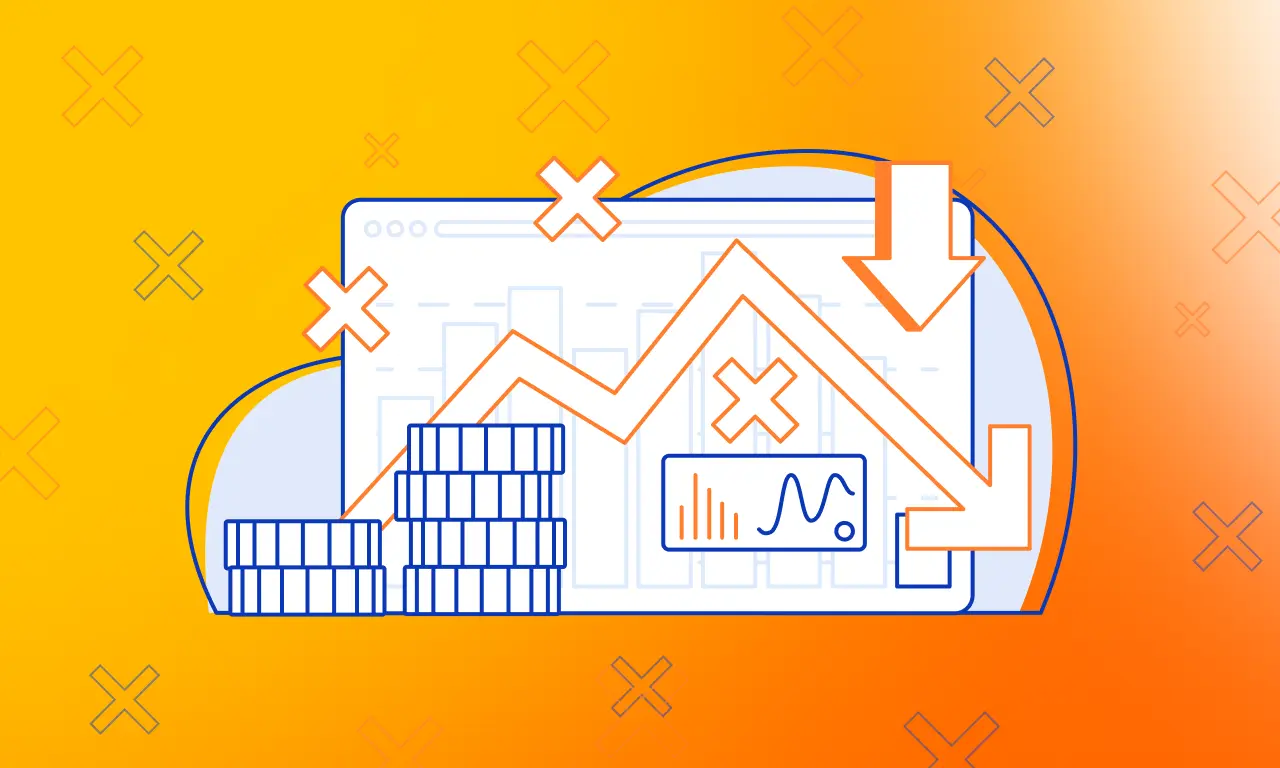What is staking and How it is work in 2023?
21/09/2023

Staking, derived from the English word "stake," is a method of earning passive income with cryptocurrencies that operate on the Proof-of-Stake (PoS) consensus algorithm and its variations. The essence of staking involves locking a certain amount of coins in a wallet to gain the right to participate directly or through intermediaries in maintaining the functionality of the blockchain of a particular asset and receiving rewards for doing so. Staking plays a role in PoS blockchains similar to what mining does in the Bitcoin network.
Staking is considered an attractive alternative to simply holding cryptocurrencies in a wallet, akin to a savings account in the crypto industry. The profitability of staking varies depending on the blockchain, and its returns can reach double-digit annual percentages and even higher.

Algorithm Proof-of-Stake (PoS)
Proof-of-Stake (PoS), a consensus mechanism, operates by distributing responsibilities such as generating new blocks, validating transactions, and appending them to the blockchain through a specific algorithm. These tasks are assigned to computational nodes (often referred to as nodes) based on the quantity of coins they possess within the blockchain network.
In a fundamental scenario, a node owning 1% of the total circulating coins would have the privilege to process 1% of the blocks and receive 1% of all network rewards for its contributions. However, numerous cryptocurrencies also consider factors like the duration of coin ownership and other criteria.
Irrespective of the specifics, staking fundamentally entails earning rewards for both creating new blocks and verifying data using one's stake in the form of native coins.
The Proof-of-Stake algorithm was initially introduced in 2012 within the cryptocurrency PPCoin, which is now recognized as PeerCoin. Subsequently, it has evolved into one of the most widely adopted consensus mechanisms among various blockchain projects.
Among the variations of PoS, Delegated-proof-of-stake (DPoS) stands as one of the most renowned. DPoS was innovated in 2013 by Daniel Larimer and found its first application in the BitShares blockchain platform. Today, DPoS is implemented across numerous blockchain networks.
A notable advantage of DPoS is that coin holders are not obliged to run their own nodes for staking purposes. Instead, they can delegate their coins to validators who manage high-performance nodes, ensuring their seamless operation within the network.
Proof-of-Stake (PoS) blockchains employ a mechanism where new blocks are created by participants staking their cryptocurrencies. This process, known as "forging," allows anyone interested to become a validator. To become a validator, users need to purchase cryptocurrencies and stake them on either a centralized (CeFi) or decentralized (DeFi) platform. Validators in PoS networks are chosen based on the number of coins they have staked within the system. The more tokens a user stakes, the greater their chances of becoming a validator.
The adoption of the PoS algorithm for block formation significantly enhances a blockchain network's scalability. This scalability improvement has led to the Ethereum network's transition from the Proof-of-Work (PoW) consensus mechanism to PoS as part of its ongoing development.

How Proof-of-Stake Staking Works
In cryptocurrencies operating on the "classic" PoS model, each official wallet functions as a complete node. This entails the verification and confirmation of transactions, alongside the creation of new blocks.
Technical prerequisites can vary between different blockchains. In some networks, setting up and managing a node can be accomplished using a personal computer, while others may necessitate professional-grade server hardware. This approach is designed to ensure decentralization and security for the blockchain without the significant energy consumption commonly associated with cryptocurrencies using the Proof-of-Work consensus mechanism.
Participation criteria for staking can vary, but the fundamental process typically involves acquiring the native coin of the network you intend to stake in, and then either sending it to a smart contract directly (e.g., via a wallet) or delegating it to a validator.
Staking rewards can range from double-digit to triple-digit percentages, depending on the rate at which new coins are issued. However, it's important to note that staking is a mechanism for coin issuance, so excessively high reward rates may lead to coin inflation, which could potentially impact profitability adversely.

Staking Pool
Token holders who have locked their tokens (often referred to as "holders") have the option to come together and form a staking pool. Joining such a pool increases the chances of being chosen as a validator.
Typically, participation in a staking pool becomes relevant when a blockchain network imposes a high entry barrier, whether in technical or financial terms. Managing most pools involves intricate configurations and maintenance, and as a result, pool providers usually charge a percentage fee based on the rewards earned.
Staking Risks
Staking presents itself as an attractive and relatively secure alternative to simply holding cryptocurrencies in a wallet, offering the potential for significant returns. However, it comes with a set of risks that can considerably impact expected profits and even result in losses:
Cryptocurrency Price Volatility:
- Stakers receive rewards in the cryptocurrency they stake, which means that fluctuations in its market value can influence the overall worth of the staked assets and the actual staking returns.
- High Staking Returns and Inflation: Some PoS cryptocurrencies offer impressively high annual returns, often reaching double-digit or even triple-digit percentages. Achieving these returns usually involves a rapid issuance of new coins, leading to substantial drops in the coin's market price and devaluation of investments.
- Lock-Up Periods: Staking often requires participants to lock up their coins for varying durations, ranging from several days to several months. During this period, coin owners are unable to withdraw or sell their assets, potentially reducing liquidity.
- Trust in Staking Providers: Opting for staking providers introduces the risk of relying on a third-party entity. These providers may be vulnerable to hacking attempts or could mismanage the assets collected from stakers, posing risks to participants' funds.
Staking, as a method of earning with cryptocurrencies, has its advantages but also comes with risks. Participants in staking should assess them and take measures to mitigate potential losses. It is important to remember that staking profitability can depend on various factors, including price fluctuations, inflation, and blockchain selection. Therefore, a comprehensive consideration of risks and prudent portfolio management will help participants successfully address the challenges associated with staking.

Frequently Asked Questions About Staking
What is the essence of staking?
In simple terms, staking involves participating in the confirmation of transactions and the creation of new blocks in a blockchain using cryptocurrency. Participants in staking are rewarded for their efforts with new coins from the network.
How can one participate in staking?
The primary participants in staking are validators who manage nodes and play the role of miners in blockchains based on the Proof-of-Stake consensus algorithm. Often, even holders of a minimal amount of cryptocurrency can delegate it to validators and thereby participate in staking, earning rewards.
Is it possible to earn with cryptocurrency staking?
Cryptocurrency staking is a popular method for passive income. The profitability depends on two main factors: the volume of rewards, i.e., the rate of generating new coins through staking, and the price of the cryptocurrency.
How does mining differ from staking?
Mining is used in networks based on the Proof-of-Work algorithm, such as Bitcoin. The main difference between mining and staking is the need for specialized computational equipment in mining. For staking, only the coins of the respective blockchain are required (if participating through an intermediary validator).
What is the difference between staking and farming?
Staking involves supporting the operation of the blockchain itself using its native coins. Farming, on the other hand, entails earning fees for providing liquidity to a decentralized exchange pool, which is an application built on a blockchain.

Conclusion
In the world of cryptocurrencies, it is often believed that the risks of investing in lesser-known assets may not always justify the potential low returns. Many investors are accustomed to expecting substantial gains, as seen with altcoins where investments can multiply by tens or hundreds in a short period. Staking, on the other hand, does not promise such high returns. However, it is a more reliable option compared to active cryptocurrency trading and can yield more significant profits than traditional bank deposits.
Gostou do artigo? Compartilhe-o com os seus amigos.




